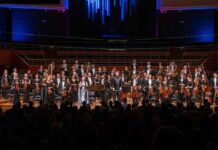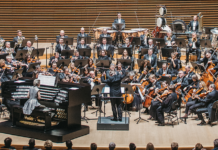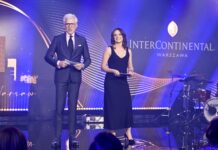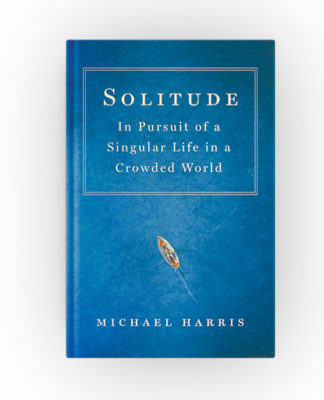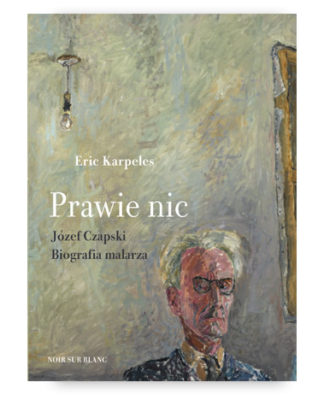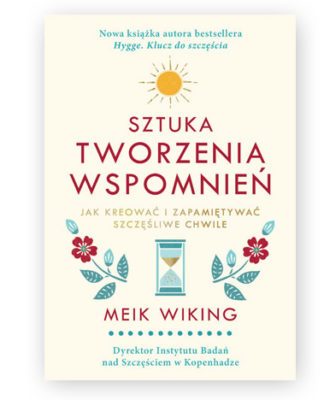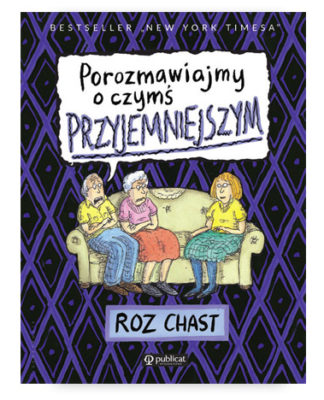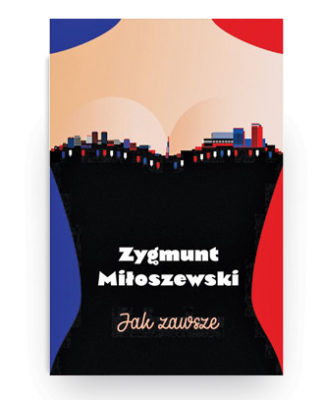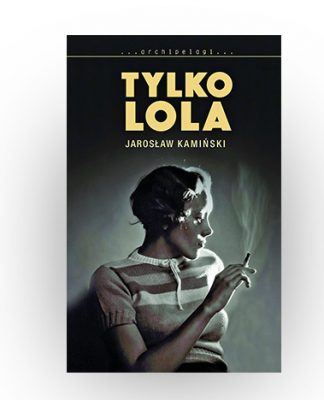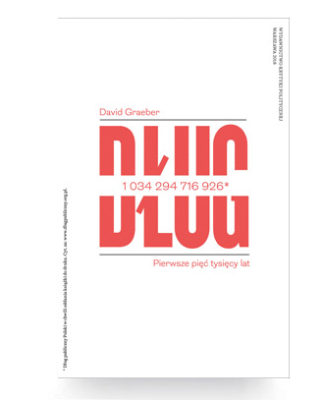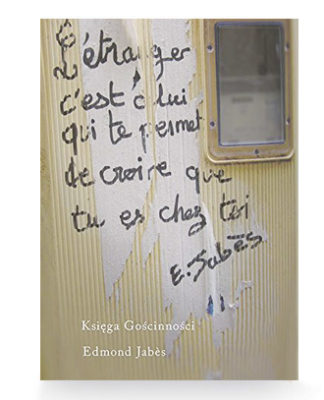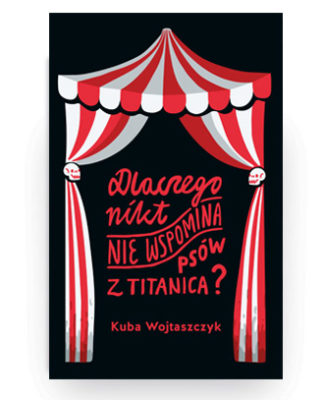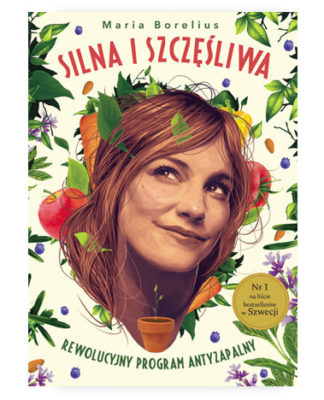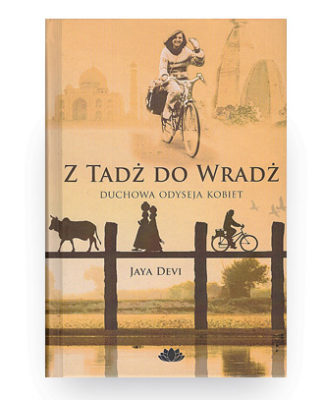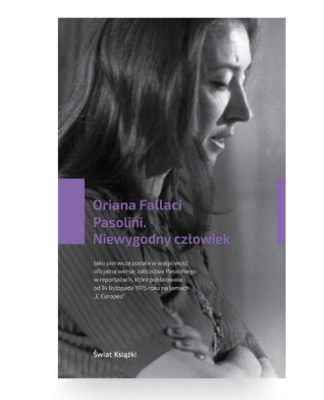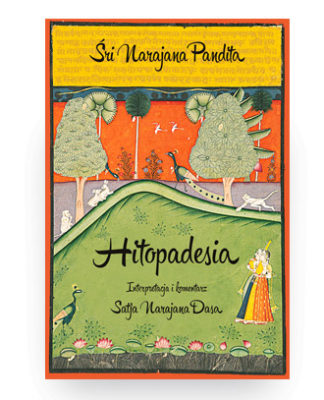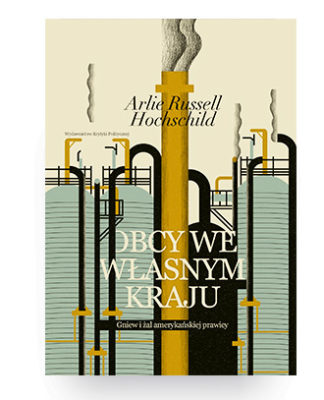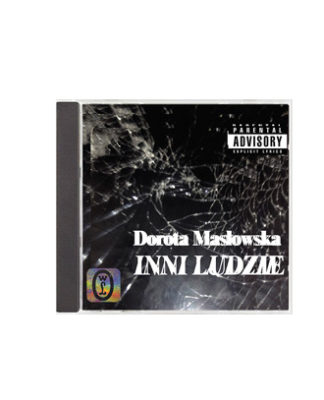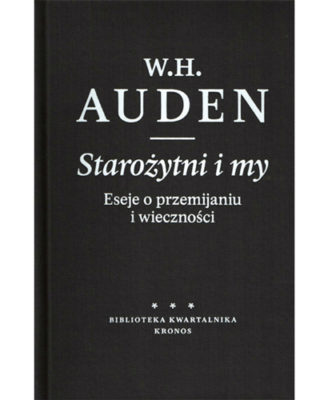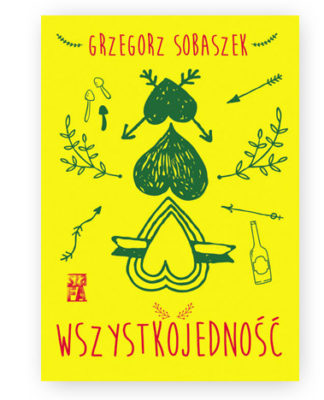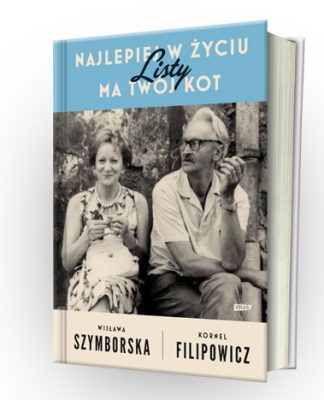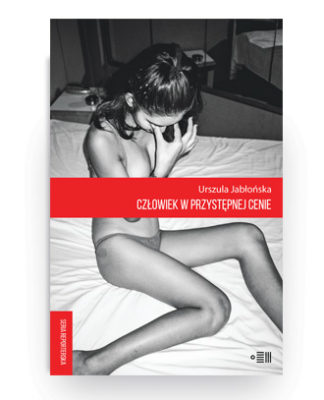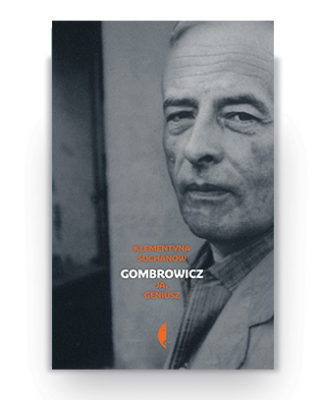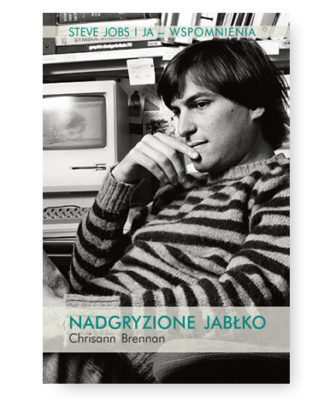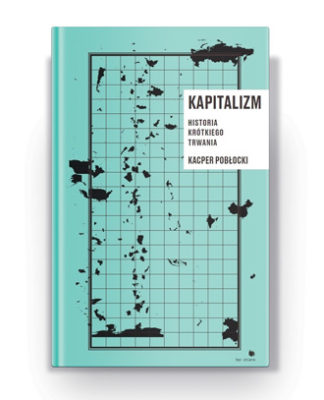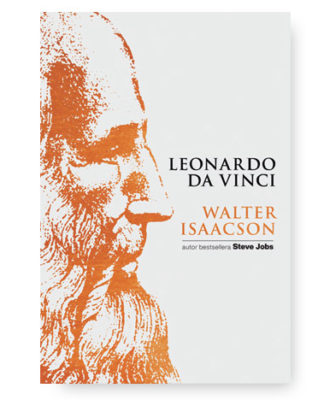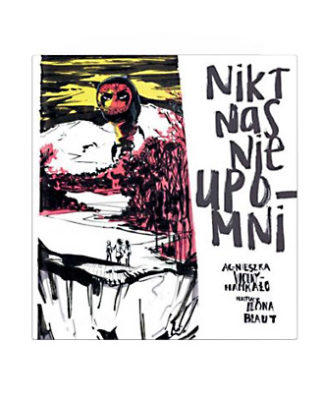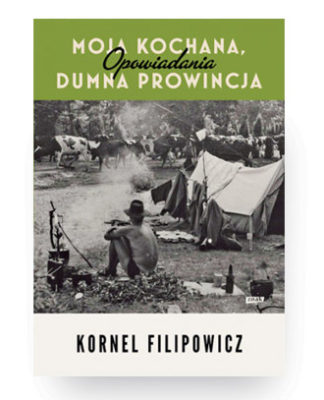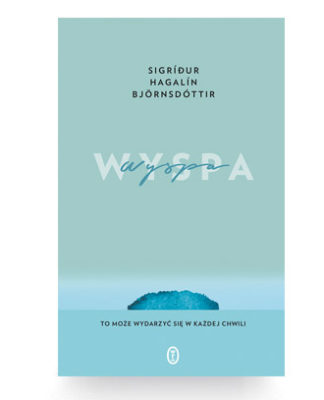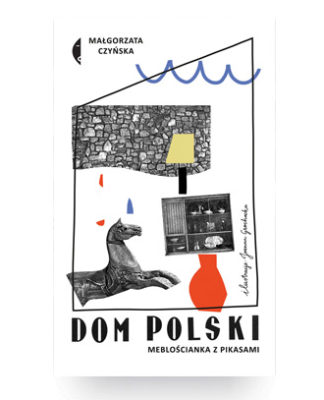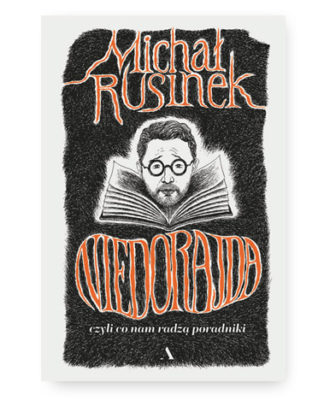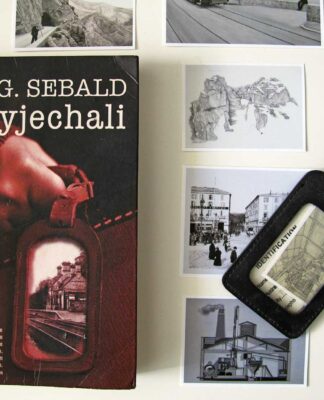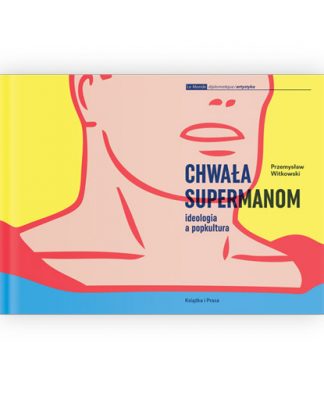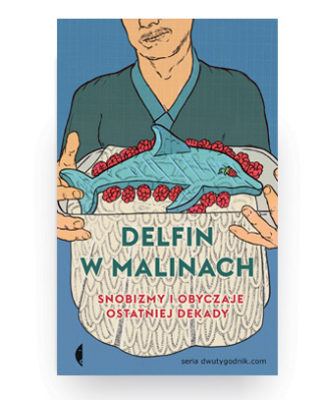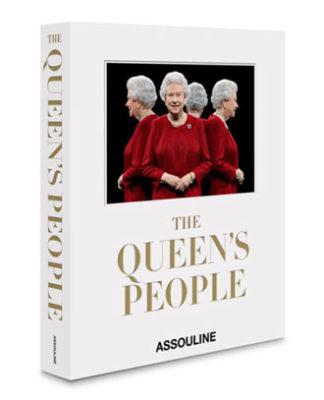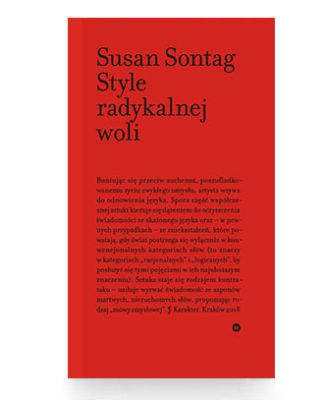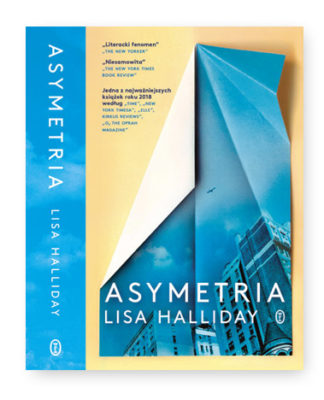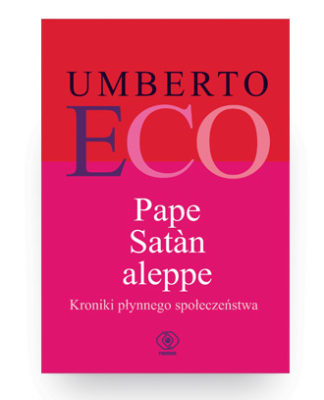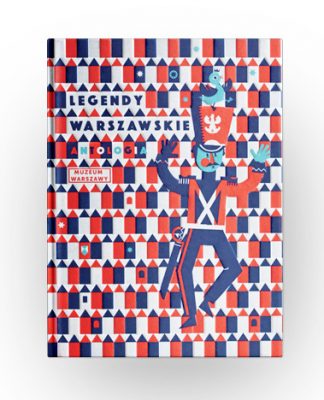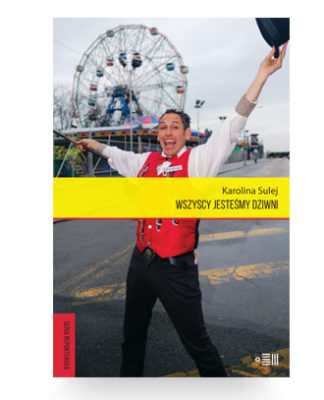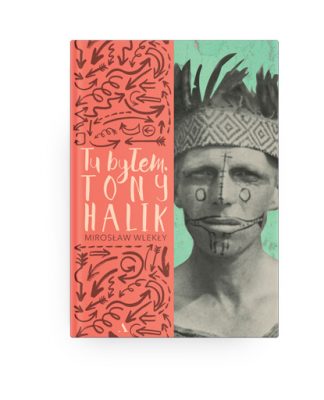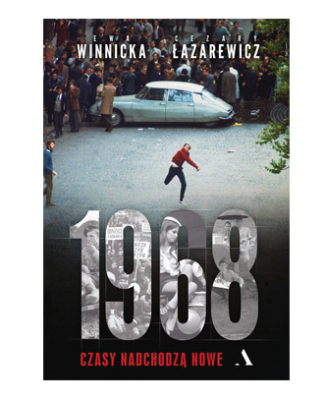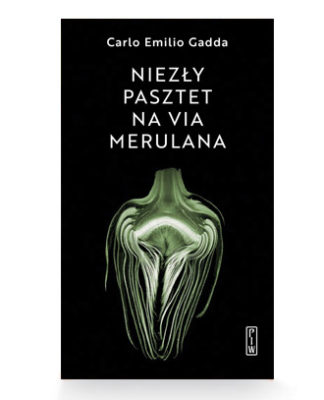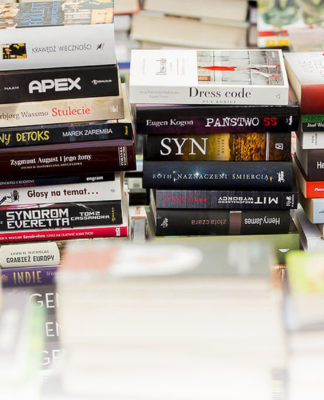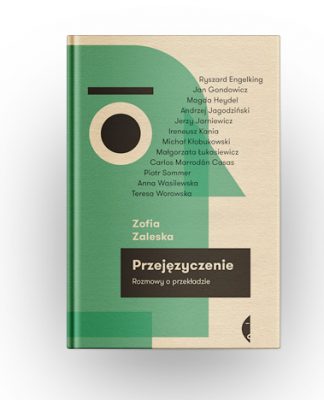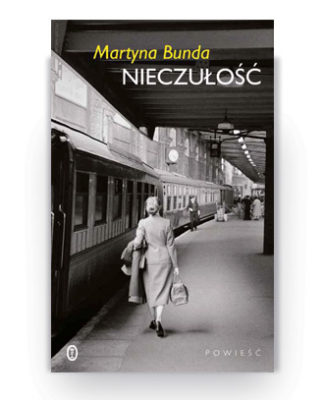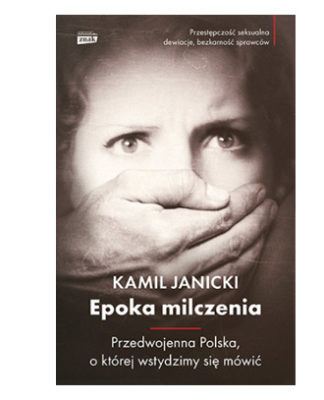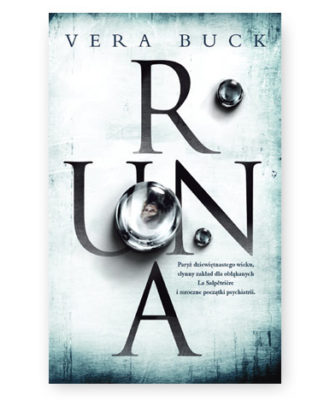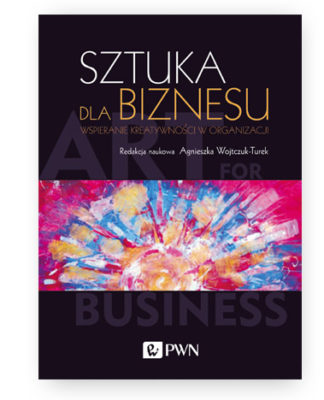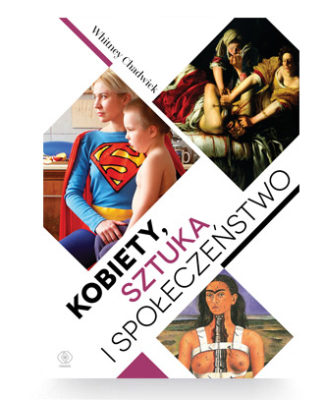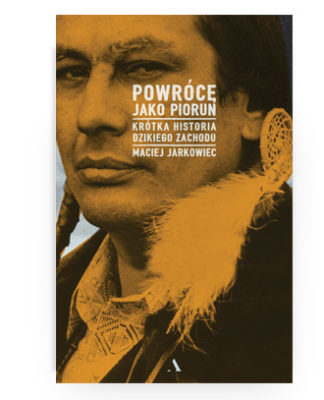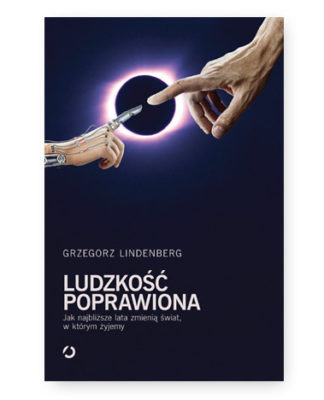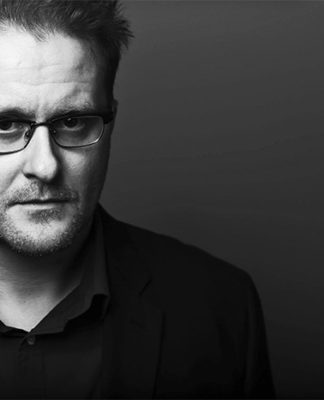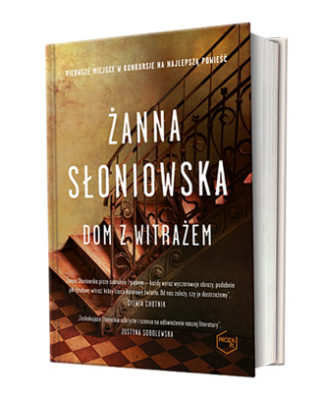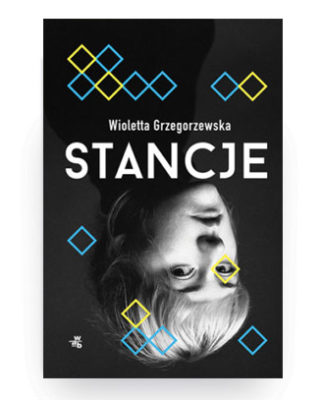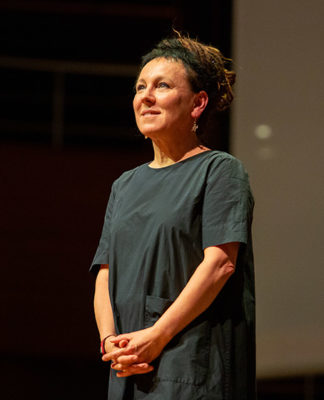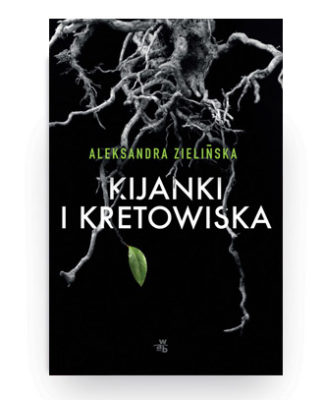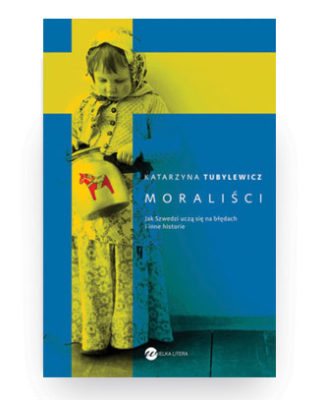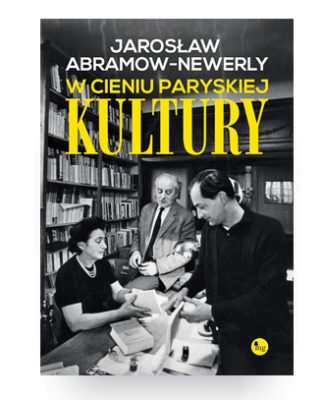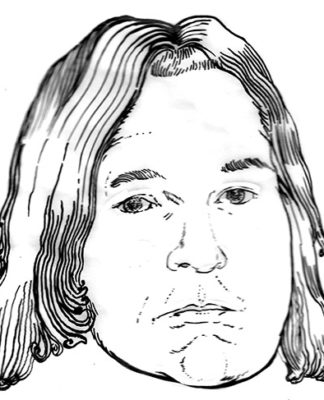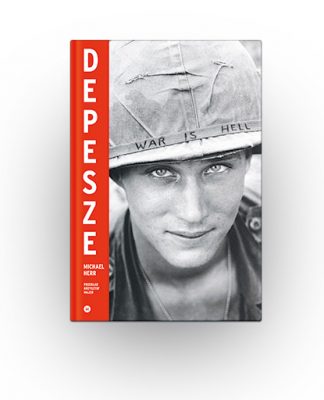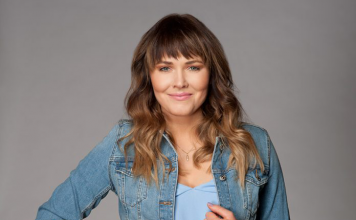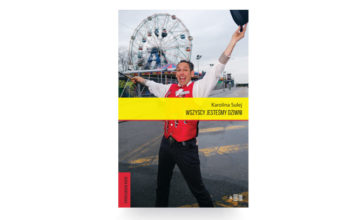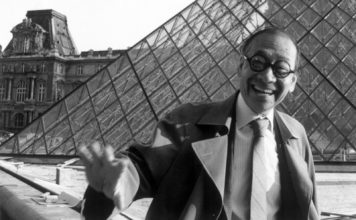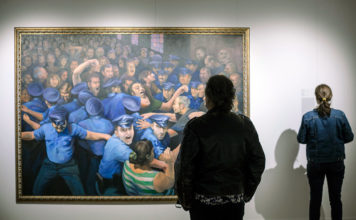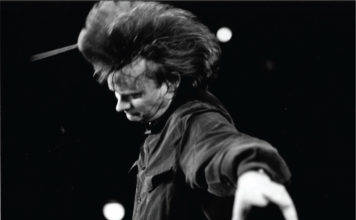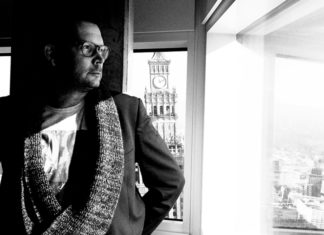Armfield’s Hamlet fot. Tony Lewis
Kliknij tutaj, aby przeczytać wywiad w wersji polskiej.
Neil Armfield is a director who likes big projects. He created a definitive Britten cycle, seen by audiences around the world, and a Janáček cycle with conductor Sir Charles Mackerras. His Ring Cycle has drawn the attention of Sir Donald Runnicles and his award-winning Hamlet will soon open at New York’s Metropolitan Opera. He is also the Artistic Director of the Adelaide Festival, which ranks as one of the top three arts festivals in the world, alongside Edinburgh and Salzburg. We sit down to discuss opera and the end of the world over a lot of coffee.
Text: Jansson J. Antmann
How do you approach a piece of theatre?
The relationship with actors and designers is the same – you have to understand their voice and their needs. It’s about finding a conversation, out of which some- thing can grow. A director’s great skill is to listen.
Just like the audience.
Precisely. A message needs to be clearly delivered and heard. That’s why Brett Dean’s opera Hamlet worked so well. He found a brilliant librettist, Matthew Jocelyn, who is a man of the theatre and understands opera. Jocelyn was able to take the work apart, fragment it and bring it back together in a series of 12 scenes. It’s a magnificent libretto.
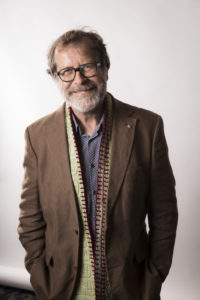 Neil Armfield
Neil Armfield
It did for Hamlet what My Fair Lady did for Pygmalion. It’s hard to imagine them done any other way.
It’s such a funny comparison, but it’s true. So many new operas fail, because the composers don’t have the experience to recognise the dramatic shortcomings of the libretto they’re working with.
Did your previous experience of directing Shakespeare’s original help you approach the opera?
Absolutely. That and the fact that I’d worked with Brett Dean on Bliss, which we took to the Edinburgh Festival in 2012. It was on the strength of its success that David Pickard and Vladimir Jurowski, who were running the Glyndebourne Festival at the time, commissioned a new opera from Dean. He contacted me to say he wanted me to work on Hamlet with him. I’d already directed the play with Richard Roxburgh, Geoffey Rush and Cate Blanchett in 1994 at the Belvoir Theatre in Sydney. As a result of that experience, I felt I could guide Dean in terms of what was great in the play and its inherent theatricality.
It paid off, winning the award for best World Premiere at the International Opera Awards in 2017.
It received an equally positive response when it opened this year’s Adelaide Festival. I’ll be directing it again at the Metropolitan Opera in 2022. We’ll see what New York audiences make of it then.
All the world’s your stage.
Indeed. My productions of Benjamin Britten’s operas have been seen all around the world and I did a Janáček cycle in Australia, which I prepared with Sir Charles Mackerras conducting. They make for such great theatre – it was a total pleasure to find ways of introducing them to local audiences. For example, we staged Cunning Little Vixen like an Australian kid’s fancy-dress party, where the children dressed up as animals. It had a very Australian spirit. Of course, it helped that we performed Janáček’s operas in English and together with Mackerras we rewrote the English translations we’d inherited from a previous production. Mackerras thought I had a good ear and my version sat better with Janáček’s rhythms. He violently objected to performing in the Czech language outside the Czech Republic. He famously pulled out of a Janáček opera at the Welsh National Opera, because he felt that the operas had been written to be performed in a language the audience and cast could understand. Richard Wagner also argued that his own operas should always be performed in the language of the audience, but they almost never are.
 Carmen fot. Jesús Vallinas
Carmen fot. Jesús Vallinas
How did you make your Ring Cycle resonate with a non-German audience?
I prepared the Ring with the set designer, Robert Cousins. We symbolically destroyed a copy of the painted backdrop of Valhalla from Wagner’s original production. I wanted to evoke the familiar, rather than the bizarre theatrical world of giants and dwarves. The Rheingold was a mass of humanity, inspired by the large-scale nude photo shoots of the American photographer, Spencer Tunick. Of course, the performers weren’t nude. They wore Speedos® and other beachwear, which gave it an Aussie touch. It was originally meant to be a co-production with the Houston Grand Opera. I was invited to speak at a sponsors’ dinner filled with Texan oil billionaires. I was asked what I thought The Ring of the Nibelung was about and I replied that, in part, it was about the destruction of the world through the extraction of its natural resources. A ripple of silence went through the room. One of the Texans responded by asking, „Well, isn’t Australia an extractive economy too?” I replied, „Yes, it is. And that’s why it’s important to explore this issue through these operas.” My Ring was promptly cancelled in Houston, but we went ahead with it in Melbourne. Wagner was very prophetic.
From Texas to Melbourne and now onto the 2019 Adelaide Festival. It’s going to have quite a Russian flavour, thanks to the genius of Chekhov.
And Bulgarian. Director Bagryana Popov has devised an immersive, real-time production of Uncle Vanya, which will be performed at ‘Cedars’ – a 60-hectare heritage property in the Adelaide Hills, which was once the historic home of one of Australia’s most famous landscape artists, Sir Hans Heysen. The idea of this production is that a company of actors are rehearsing in a country homestead. The audience mingles with the actors and follows them as they move through the house and garden. The scenes are performed at the exact times when the action takes place, so it takes two days to perform. The production places environmental issues front and centre. Chekhov was very concerned about deforestation and the changes to the habitat of Russian birdlife and wildlife. The character of Mikhail Astrov in Uncle Vanya has developed a series of maps of the local area showing the way the forests have changed or been destroyed over 50 years. Act One is performed outdoors on the first afternoon with Act Two later that same night. Waiting between acts, the audience sits around a campfire, while local experts from the National Parks and Wildlife Service and Indigenous representatives talk about the history of that particular place. Act Three is performed the following day. This isn’t a populist or thrill-seeking entertainment. It is deeply profound.
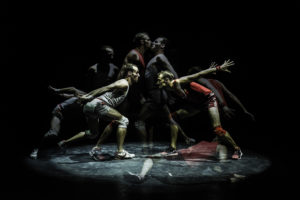 Un Poyo Rojo fot. Ishka Michocka
Un Poyo Rojo fot. Ishka Michocka
The Festival has become a globally significant event.
When the legendary director Jim Sharman was the Artistic Director of the Festival in the early 1980s, he wanted to create a Festival that could stand alongside Edinburgh and Salzburg. Today we are a partner of the Edinburgh Festival. We have works like Lisa Reihana’s In Pursuit of Venus, The Semperoper Ballet from Dresden will perform their ground-breaking version of Carmen, while Un Poyo Rojo, an acrobatic duo from Argentina featuring YouTube sensation Luciano Rosso, will thrill audiences with their unique approach to physical theatre. We’ve opened two consecutive Festivals with award-winning Glyndebourne Festival operas – Barrie Kosky’s production of Saul and my own production of Hamlet. Next year we’re opening with Kosky’s Magic Flute, which is also in the repertoire of the National Opera at Warsaw’s Grand Theatre.
Vladimir Putin’s favourite artists are coming to Adelaide too.
Yes, the Sretensky Monastery Choir will finally perform three concerts exclusive to the Festival. We are very lucky. It is said that the Russian President has been known to fly them to perform for him at the drop of a hat, causing havoc with their other engagements. However, I have been reliably informed that everything’s been sorted, so fingers crossed. I mean, why wouldn’t they come? It is such a gorgeous time of the year in such an amazing city. The beaches, the Adelaide hills, the wine, and the Festival – all the best things in life.
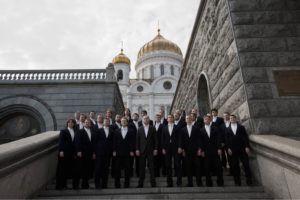
Sretensky Monastery Choir







